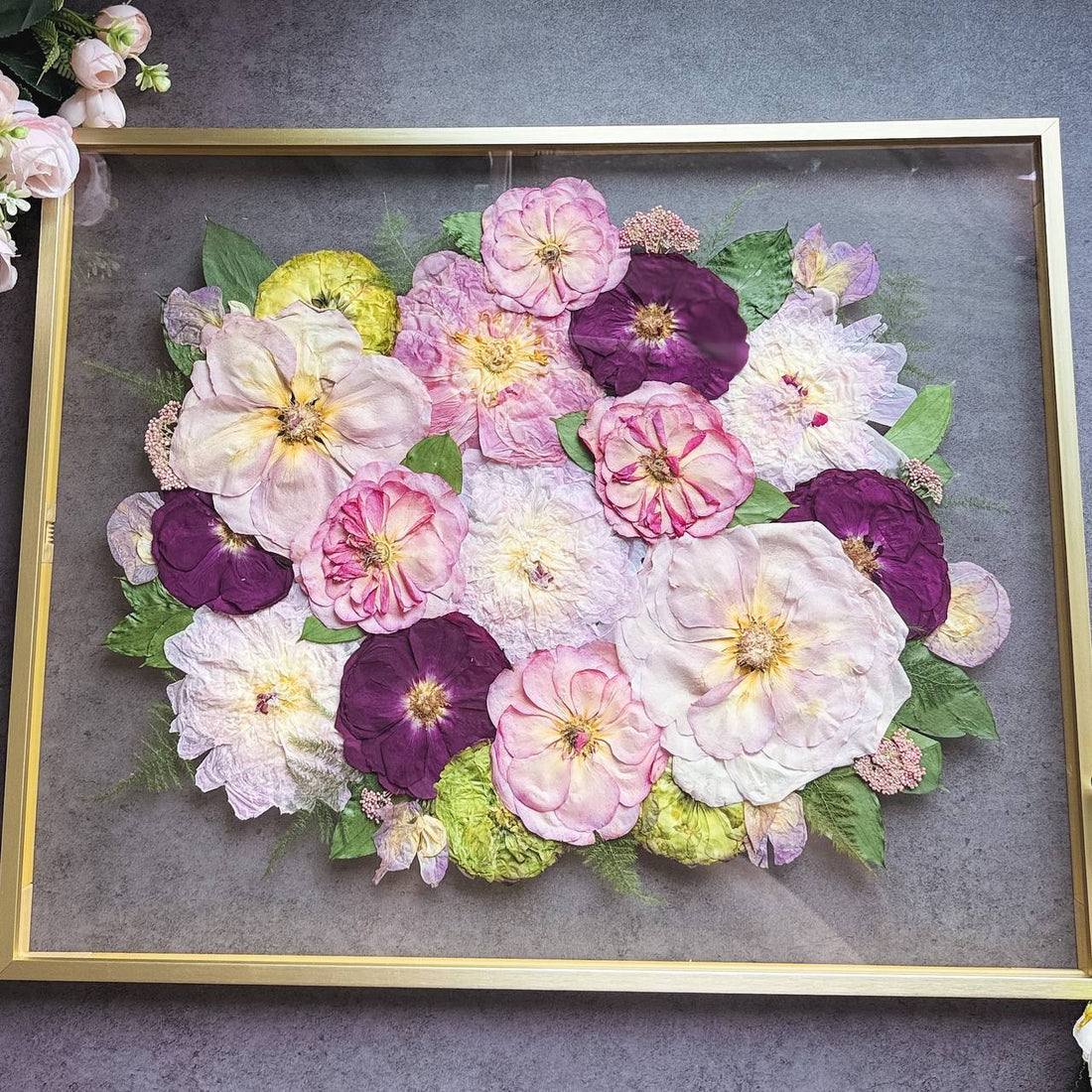Color fade is the nemesis of preserved flowers, but chemistry provides solutions. Petal pigments—anthocyanins and carotenoids—degrade under light and oxygen. Bouquet preservation specialists lower oxidation by vacuum-sealing blooms before resin casting. Anti-UV agents blended into epoxy form microscopic shields that filter harmful rays. Desiccants containing magnesium sulfate reduce moisture that accelerates pigment breakdown. LED lighting with low UV output is recommended for displaying preserved bouquets. Some artists dip petals in glycerin-based dyes that recharge faded tones, ensuring vibrant appearance for decades. Laboratory tests show that flowers coated with nano-silica films retain 90 % of original color after 1,000 hours of artificial sunlight. For funeral flowers, colorfastness preserves emotional accuracy—white lilies stay pristine rather than yellowing. DIYers can buy additive packs that stabilize PH, crucial for red roses prone to browning. Understanding pigment chemistry turns flower preservation from art into science, granting keepsakes museum-grade longevity.
